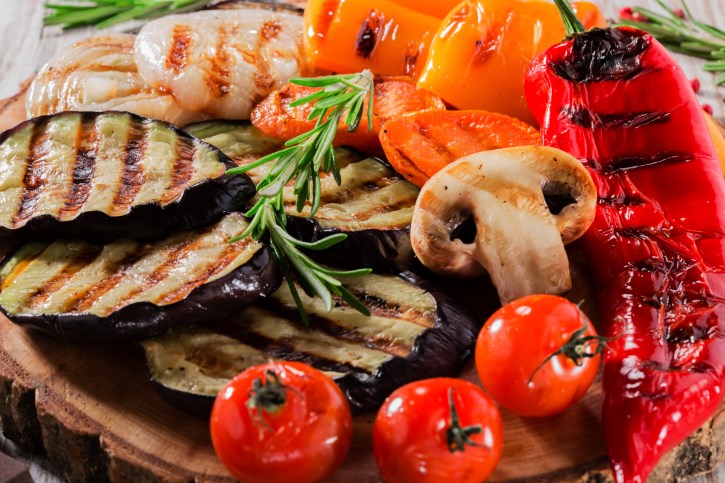There are so many different diets out there that give you the false promise and allure of quick results and the loss of weight. Because we live in a culture where we’re constantly told that we are never good enough, we think we’ll only feel better if we just shed those extra pounds.
We have unrealistic expectations of what beauty is and what our waistline should look like – so much so that we resort to extreme diets, eating no carbs, or counting every calorie. Meanwhile we don’t take into account the harmful side effects and toxicity of certain ingredients we should be watching out for. But it’s cool that diet pop is low in calories right?
No, it really isn’t cool.
Well, some folks have traded in their sugar for olive oil and loaded up on whole grains and leafy greens in place of their pop and chips. This common sense approach to eating was labeled the “Mediterranean Diet” back in the ‘90s, but people have been eating this way forever.
The Mediterranean diet was actually first brought to the attention of the Western Hemisphere back in 1945 by Ancel Keys, an American scientist and nutrition pioneer. However, it didn’t really catch on until the mid-1990s, thanks to the work of Harvard nutritionist Dr. Walter Willet. Folks flocked to the diet rich in veggies, herbs, spices and healthy fats such as omega 3s and olive oil. It very quickly become a fad, encouraging smaller portion sizes, reduced intake of red meat, low to moderate consumption of dairy mainly consisting of cultured products like kefir and yogurt, and of course the encouragement of wine (in moderation of course). Who wouldn’t be hooked? As a nutritionist, I got a lotta love for a diet that emphasizes plant-based foods, whole grains and legumes (aka real food).
But wait, before you start taking shots of olive oil with every meal, let’s remember that no one diet is right for every single person. We’re all unique little snowflakes, and individuals dictate individual needs. Contrary to popular belief, there’s actually no one "Mediterranean Diet.” There are 20 countries that border the Mediterranean, and the dietary habits in each are unique because of differences in culture, ethnic background, religion, economy and local agriculture.
The same can be said about our own soil, but that doesn’t mean we can’t take the basic structure and apply it to our own individual needs. Even the Mayo Clinic suggests the Mediterranean diet for heart health: it’s benefits include reduced risk for diabetes, Parkinson's, Alzheimer's, obesity, as well as increasing longevity.
So here’s the Mediterranean diet broken down:
Veggies, fruits and whole grains
Minimally processed, fresh and whole are always best. Include veggies and fruits in every meal and eat them for snacks as well. Always try to source local and seasonal foods as much as possible.
Spices and herbs
These really do pack a punch, not only do they have various health benefits but they also enhance the flavor and experience of your meals. Lower your salt content all together by replacing the flavor with dried/fresh spices/herbs.
Lower dairy
Limit your intake of dairy and add more cultured products to reap the benefits of a healthy gut.
Get fishy
Add fish to your repertoire at least twice a week. Choose local, wild and Ocean Wise as much as possible. Avoid breading and just broil, bake or grill to savour its benefits.
Olive oil
Lightly drizzle it over vegetables or simply dip with your favorite whole grain bread. Since a lot of olive oil is cut with low grade vegetable oil these days, don’t skimp out, pay the extra bucks. A great way to find out if your oil is pure is to put a little bit in the fridge: If it solidifies, then it’s legit!
Recipe: Mediterranean Fish
Ingredients:
125-175g of white fish
½ tbsp. olive oil
2 cups cherry tomatoes (cut in half)
½ cup chopped green olives
½ chopped jalapeno
Juice of 1 lime
¼ cup fresh basil
1 chopped shallot
2 cloves crushed garlic
Himalayan salt and cracked peppercorn
Directions:
• Marinate fish in all ingredients except basil and half the garlic for about an hour or more.
• Preheat broiler.
• Place fish in a glass baking dish, pour marinade over top.
• Broil for about 13 minutes (check at 10 minutes).
• Serve with chopped basil over top and rest of garlic, feel free to drizzle a little more olive oil on top.



